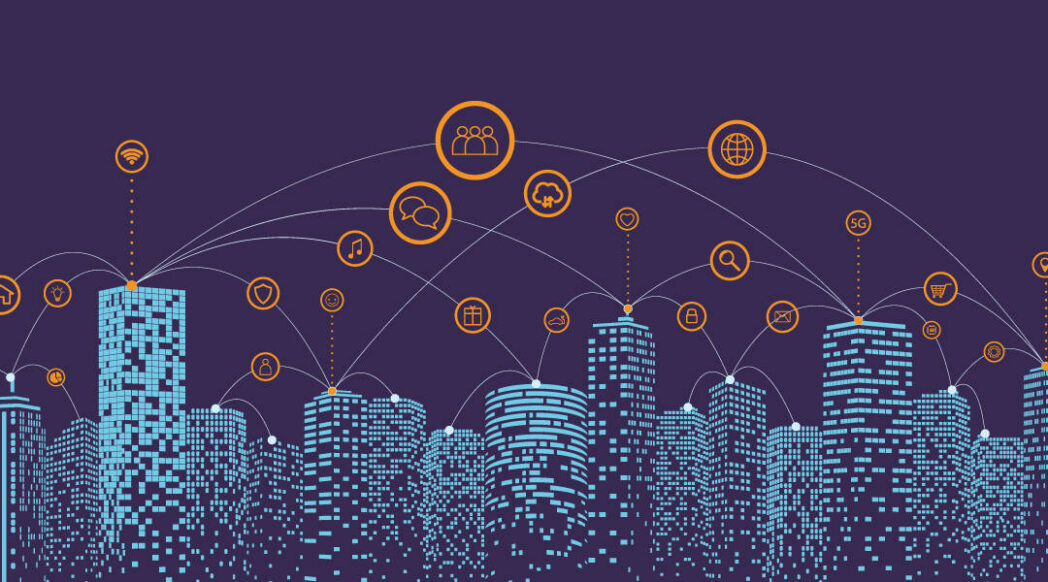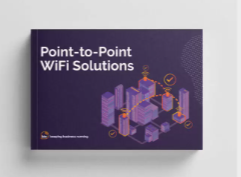So, what exactly are smart cities?
Smart cities use data and technology to become more sustainable and efficient, putting the residents’ wants and needs at the heart of it all. These cities make use of smart devices to monitor data in real time via cellular and non-cellular wireless technologies (LoRaWAN). Examples of smart cities include Sunderland, London, Barcelona, and Singapore with many other cities adopting smart technologies to become more efficient.
3 Reasons why Smart Cities are becoming more popular
1. Connectedness
Applications and devices are at the centre of all interactions between the public and the government as well as other segments such as healthcare providers, the job market and monitoring the environment. To do so, fast and wide-reaching internet coverage is vital. TerraGraph is frequently used to tackle the issue of poor last-mile connections, offering fibre-like high-speed internet. Furthermore, being able to monitor and analyse such vast amounts of data from a range of sources allows local councils to optimise the infrastructure. Whether its managing traffic via smart traffic lights, or managing energy and waste more efficiently, the real-time exchange of data aims to make life easier for the city as a whole.
2. Sustainability
Data driven insights about city infrastructure can enable cities to adjust their services to suit supply and demand, decreasing wasteful usage. It aims to change behaviours through suggesting quieter visit times for health care providers to reduce the strain, off-peak travel and alternative routes for commuters and other travelers to ensure a smooth operation of the city infrastructure.
3. Improved Quality of Life
Not only do smart cities contribute towards sustainable energy and waste reduction but according to McKinsey’s study, crime rates can be reduced and access to safety can be improved by 8-10%. This proactive approach allows the cities to anticipate crimes and other threats before they happen, helping to reduce fatality rates and such incidents in general.
There are three layers to a successful smart city:
- A sophisticated technology set up including a high-capacity wireless backhaul. This is needed to connect a large volume of smart devices such as smartphones to street-level WiFi and roof top networks.
- Technology that is able to convert the data into actionable insights, alerts and information.
- Participation from organisations and the public alike to collate large amounts of data and extract insightful information that enables cities to operate in a way that changes behaviour in an efficient and sustainable way.
KBR – making cities smart
KBR is supporting Sunderland’s Smart City Vision with ultrafast public WiFi installations and traffic mapping throughout the city. With our help, the Sunderland city council has been able to implement a traffic mapping initiative that monitors and feeds back live data of transport usage 24/7. With the help of Artificial Intelligence, they are able to minimise congestion and combat inefficient road usage in order to become more eco-friendly. Our rollout of free 5G WiFi across the popular seafront will provide the public with one of the fastest internet connections in the country. These developments benefit the leisure centre, improving events and connectivity for vendors and the public alike, positioning Sunderland as a desirable tourist destination. Our shared efforts have helped Sunderland become the UK’s leading smart city 2020.

